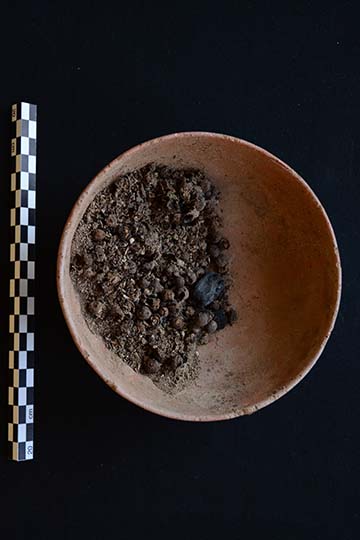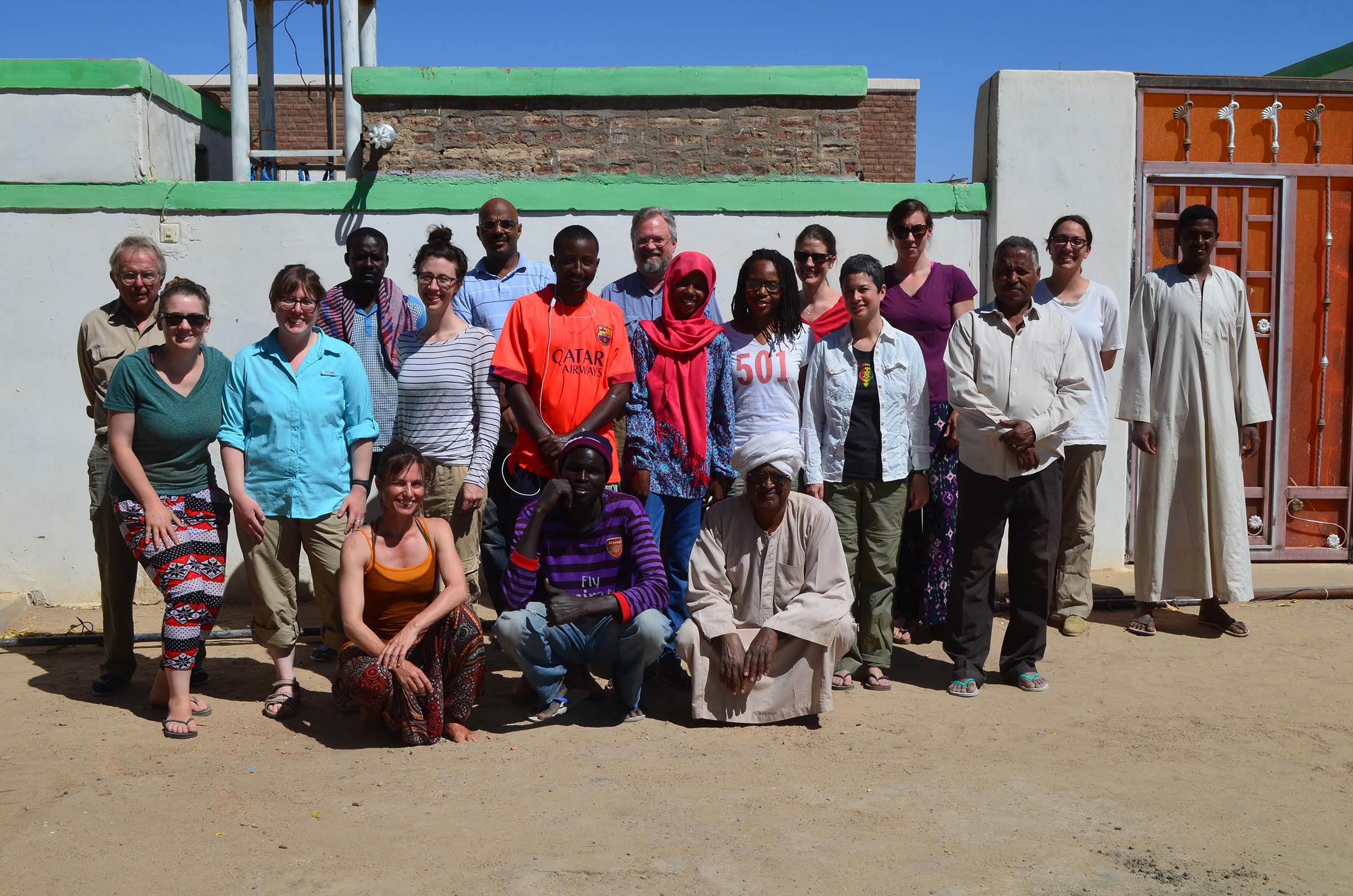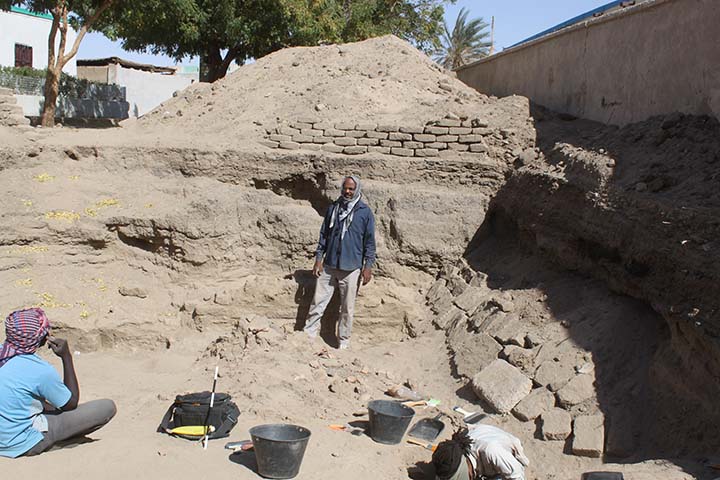حبوب التوت البري

The burial of the elderly woman with a heart scarab mentioned in earlier blogs, whose name appears to have been Weret, had a bowl full of juniper berries placed next to her coffin. One species, Juniperus phoenicia, is native to the Middle East and North Africa, including Egypt. Juniper berries are perhaps best known as the flavoring for Gin, but in our context they would have been used as a spice in food or as a scent for perfume. The berries have been found in a number of ancient Egyptian tombs, including that of the royal architect Kha and Tutankhamen, both of whom were exceptionally well provisioned with food and spices. Like our lady, they wanted to eat well in the afterlife!
وجدت سلطانية بها حبوب التوت البري داخل مقبرة بالقرب من تابوت لأمراة عجوز و جعران القلب ذكرت في كتاباتنا السابقة. و هذا النوع من حبوب التوت هو نبات محلي منتشر في الشرق الاوسط و شمال افريقيا بالاضافة الي مصر. يعرف التوت البري باستخدامه كمُنكِه لمشروب الجن الكحولي. و لكن من خلال السياق الأثري هنا ففي الغالب أستخدم كبهار في الأطعمة او كعطرة لتطيب به. وجد التوت في العديد من المقابر المصرية القديمة، من ضمنها المباني الملكية لخا و توت عنخ أمون، اللذان تم تجهيزهما بصورة جيدة بمؤن من الطعام و التوابل. و كذلك هذه المراة بتمبس التي فيما يبدو أنها تود أن تأكل جيداً في الحياة الآخرة





Recent Comments